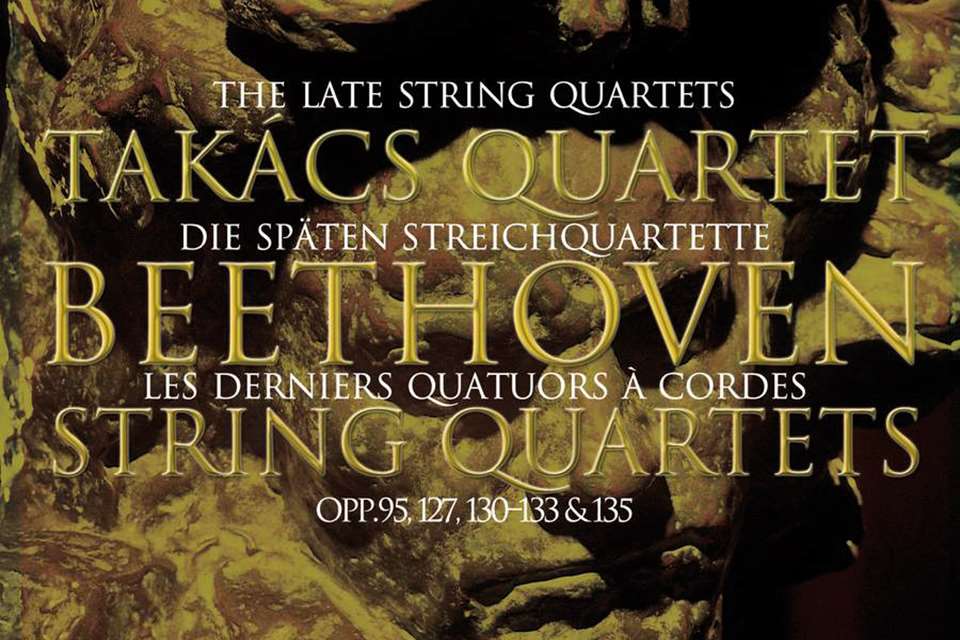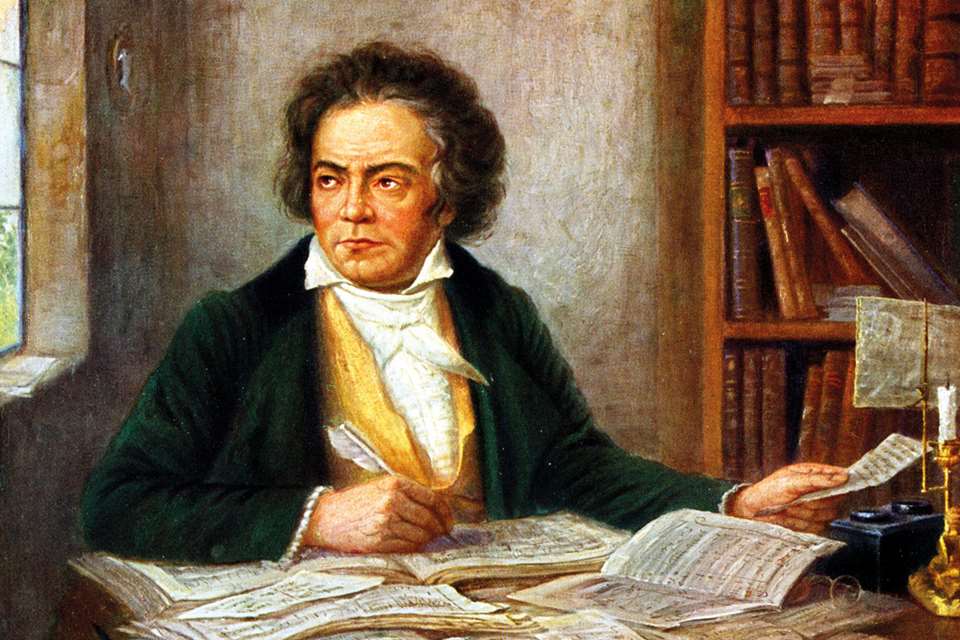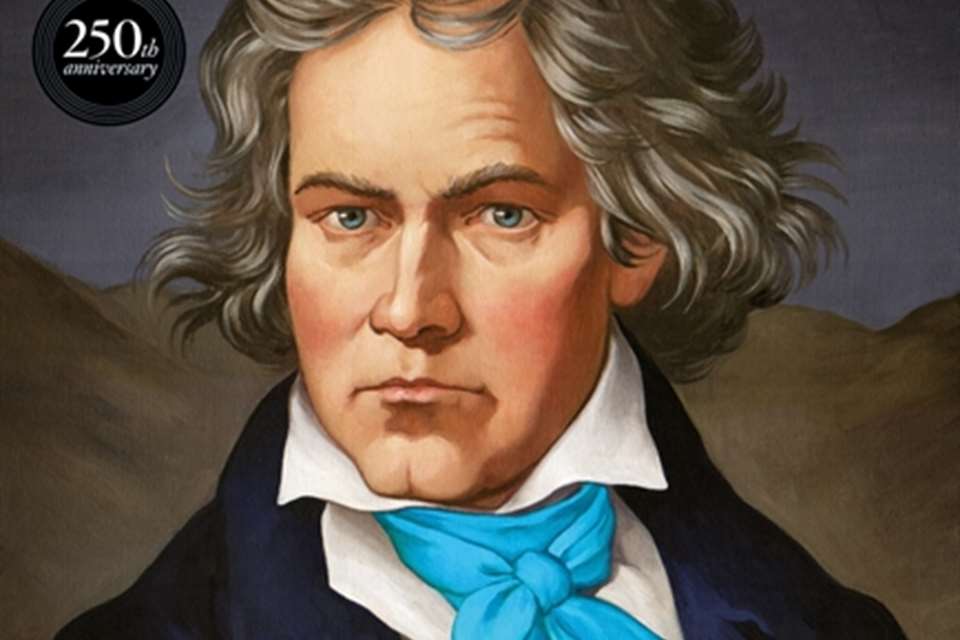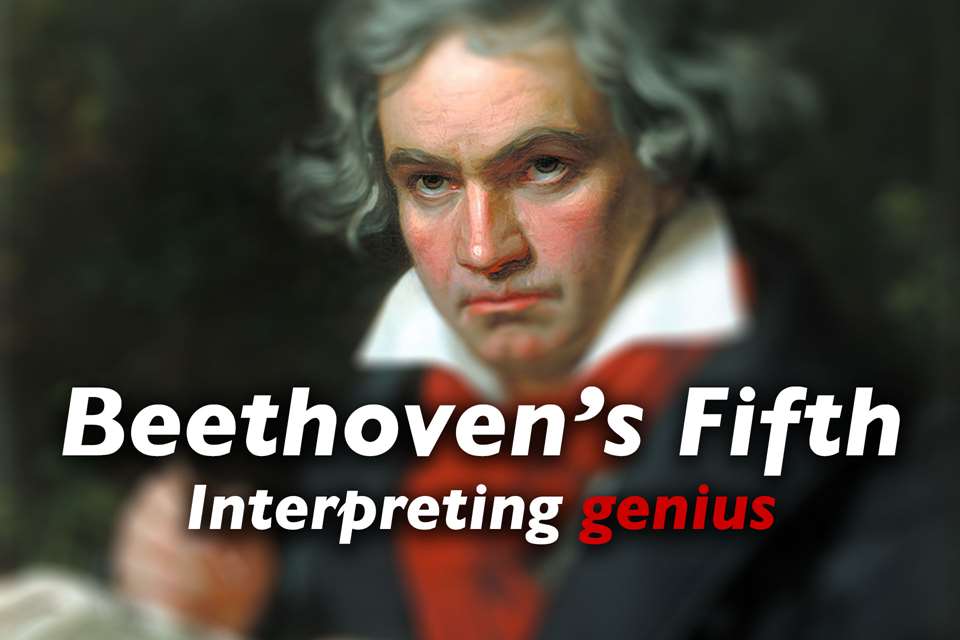Beethoven’s ‘Moonlight’ Sonata: a deep dive into the best recordings
Jed Distler
Tuesday, January 2, 2024
Beethoven’s most popular sonata, the ‘Moonlight’, has been performed and recorded by hundreds of pianists over the past century. Jed Distler compares a judicious selection of recordings
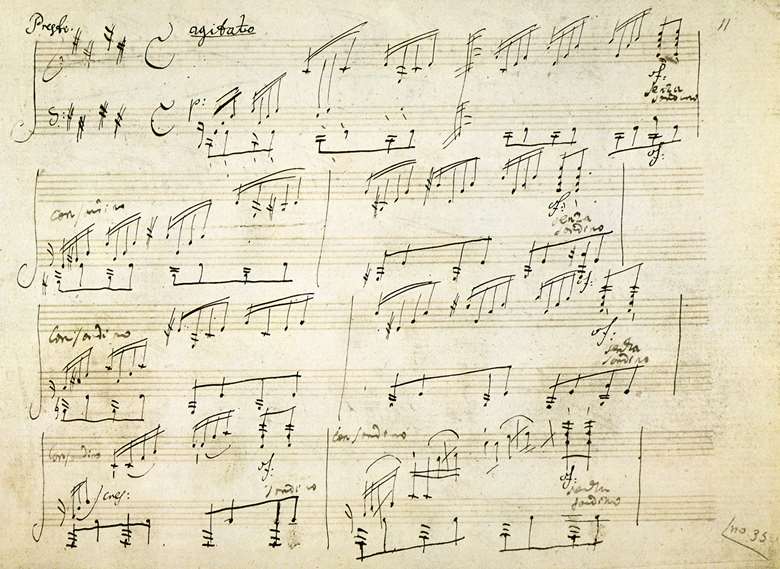
Register now to continue reading
Thanks for exploring the Gramophone website. Sign up for a free account today to enjoy the following benefits:
- Free access to 3 subscriber-only articles per month
- Unlimited access to our news, podcasts and awards pages
- Free weekly email newsletter




